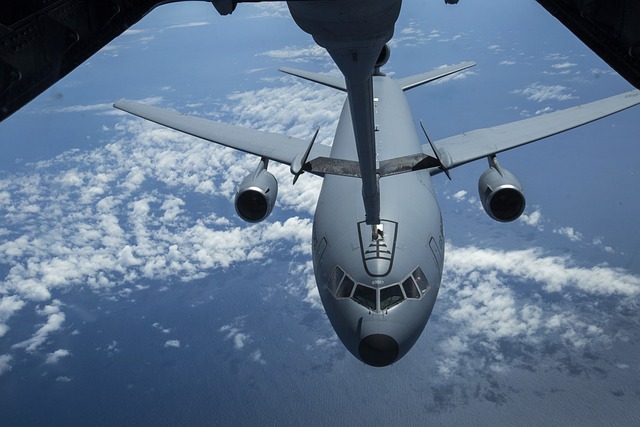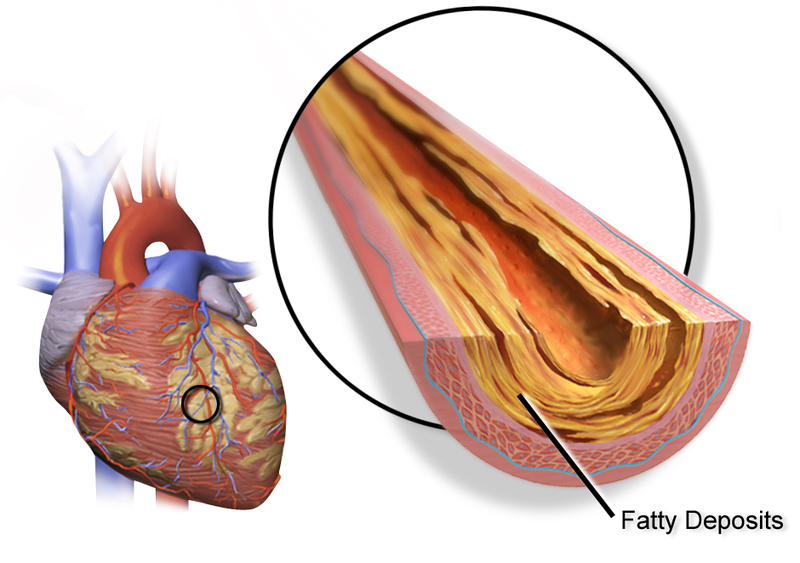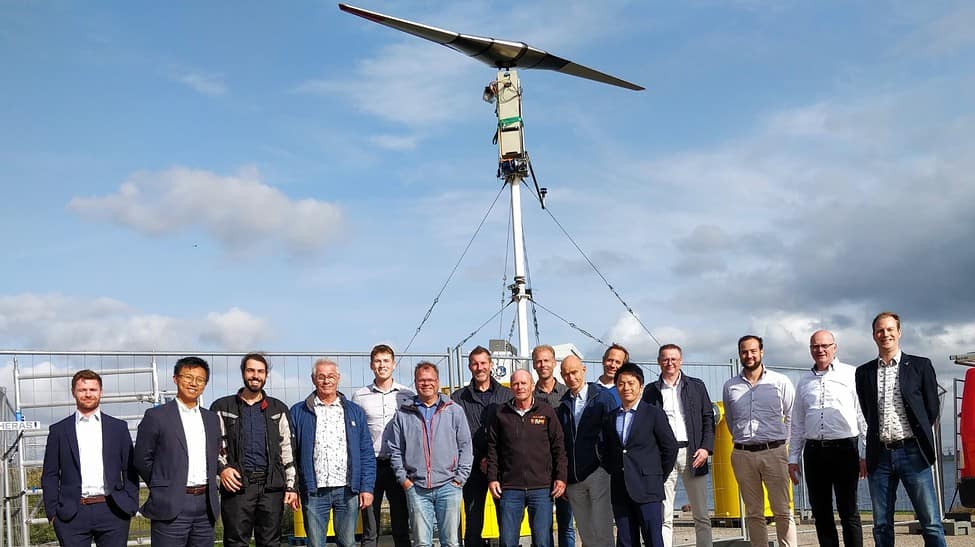Drug cartel have used just about everything to get drugs across the border — dogs, toys, shoes, candles, wheelchairs and even people. Now they’re going high tech to smuggle drugs with multimillion-dollar submarines.
Historically, drugs have been moved in a kind of cat and mouse game over land or on ships and planes. The quest for drug dealers has been to discover a way to move large amounts of drugs undetected: in that sense, submarine engineers have been a godsend. According to the New York Times, drug network technology is becoming more sophisticated.
Self-Propelled Semi-Submersible (SPSS) and Submersible Subs
The US military recently captured a 73-foot long camouflaged vessel capable of carrying 7 tons of cocaine and cruising below the ocean surface. The submarine was built in a covert shipyard in an Ecuador jungle. Studies of the design show it to be sophisticated enough and capable of numerous long-range, fully-submersed round-trip journeys.
Experts have estimated the cost of the sub at about $5 million and one trip with 7 tons of cargo would yield about $100 million or about 20 times the cost of the submarine.
According to reports, the vessel was designed for a maximum speed of 20 knots per hour for as much as an hour with a longer average cruising speed of 5 knots per hour.
Estimating Size of Trade
Attempts to estimate the size of the illegal drug market are subject to a variety of shortcomings, not least of which is drug dealers and gangs are not listed on stock exchanges, don’t file tax returns and are not subject to regular audits. A good source of worldwide stats can be found in “World Drug Report” and includes estimates of the extent of drug use worldwide and the illicit opiate, cocaine, cannabis and amphetamine-type stimulants markets.
The United States Department of State issues a regular report called International Narcotics Control Strategy Report (INCSR) that tracks international drug trade in key countries for amphetamines, cannabis, cocaine, crack, ecstasy, opium and heroin. This report is the most comprehensive and complete report yet produced and estimates the value of the market from $500 billion to $1 trillion.
History of Drug Transport
Whatever the size of the illegal drug market it is clear drug traffickers have been continually upgrading the equipment they use to protect and move their products. In the beginning the mules were just that: four-legged pack animals. In a few short decades “mules” have morphed into full-fledged submarines. Following is a chronology of the advancement in technology of drug traffickers:
- 1992 – Colombian Navy begins to detect modified speedboats and semi-submersibles built of fiberglass with a 1 to 2 ton capacity.
- 1994 – increasingly sophisticated submersibles were produced with radar and and internal oxygen supply.
- 2000 – evidence of increasingly sophisticated semi submersibles
- 2006 – large low-profile boats and fully submersible submarines
- 2007 – sophisticated torpedo like craft and low-profile boats with double holes
- 2008 – 30 m long submersibles designed for underwater operation. Multi-tone camouflage. Internal water ballast capability.
In the following video the US Coast Guard captures a narco submarine.






